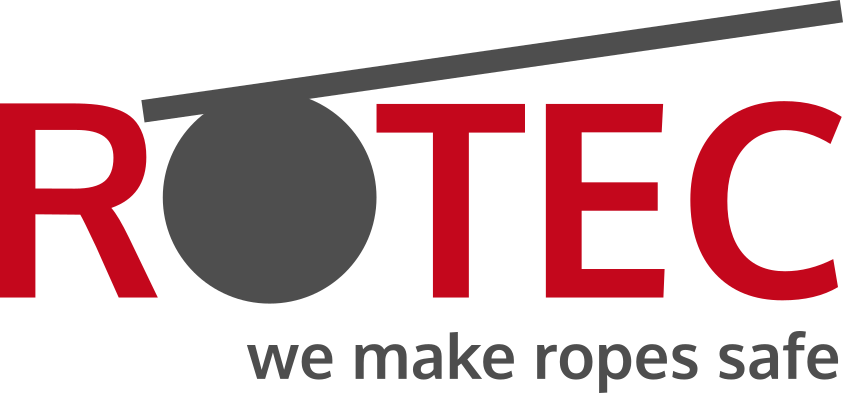Bridge inspections–
Safety first
Testing rope bridges
“Safety comes first” – Under this motto ROTEC GmbH carries out a wide variety of inspections on cable structures such as cable-stayed bridges and suspension bridges.
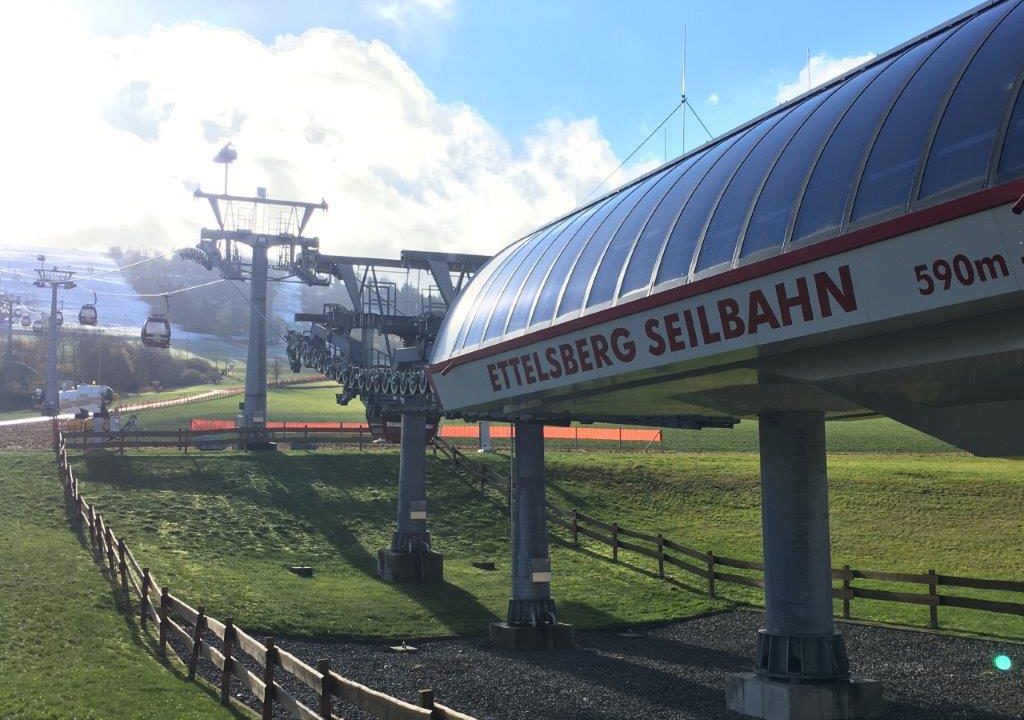
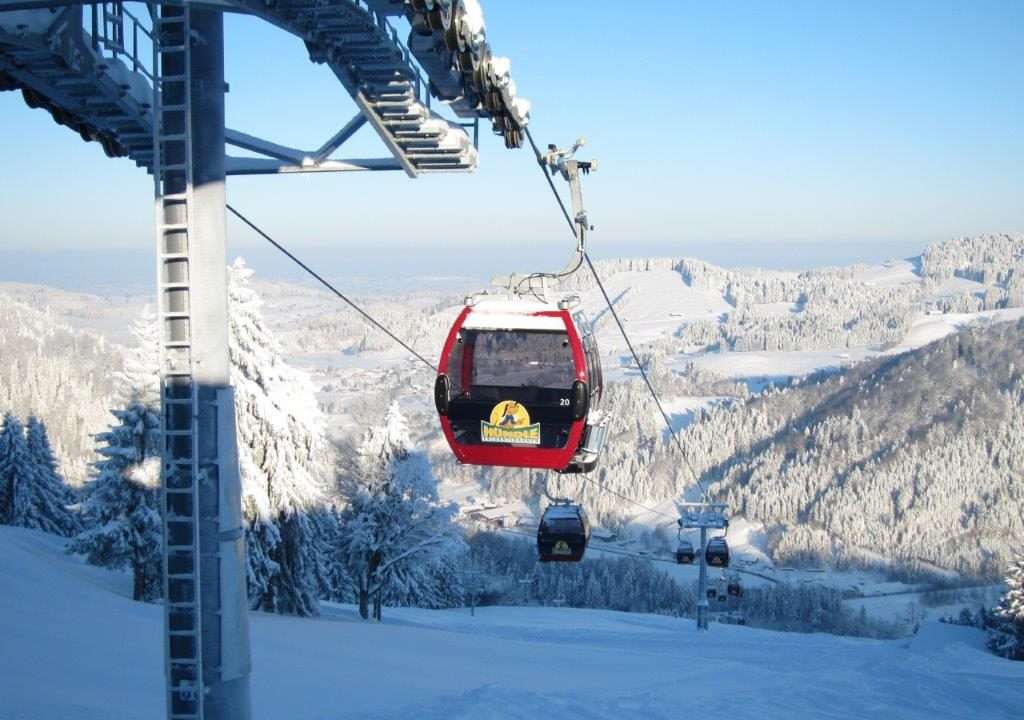
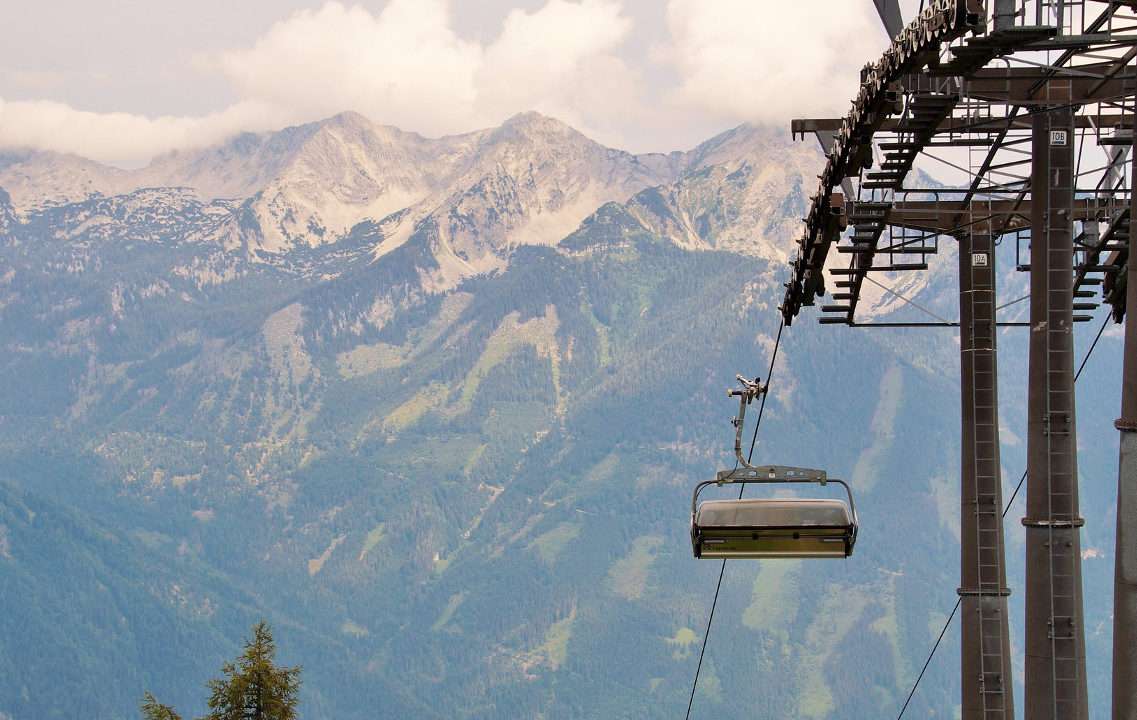
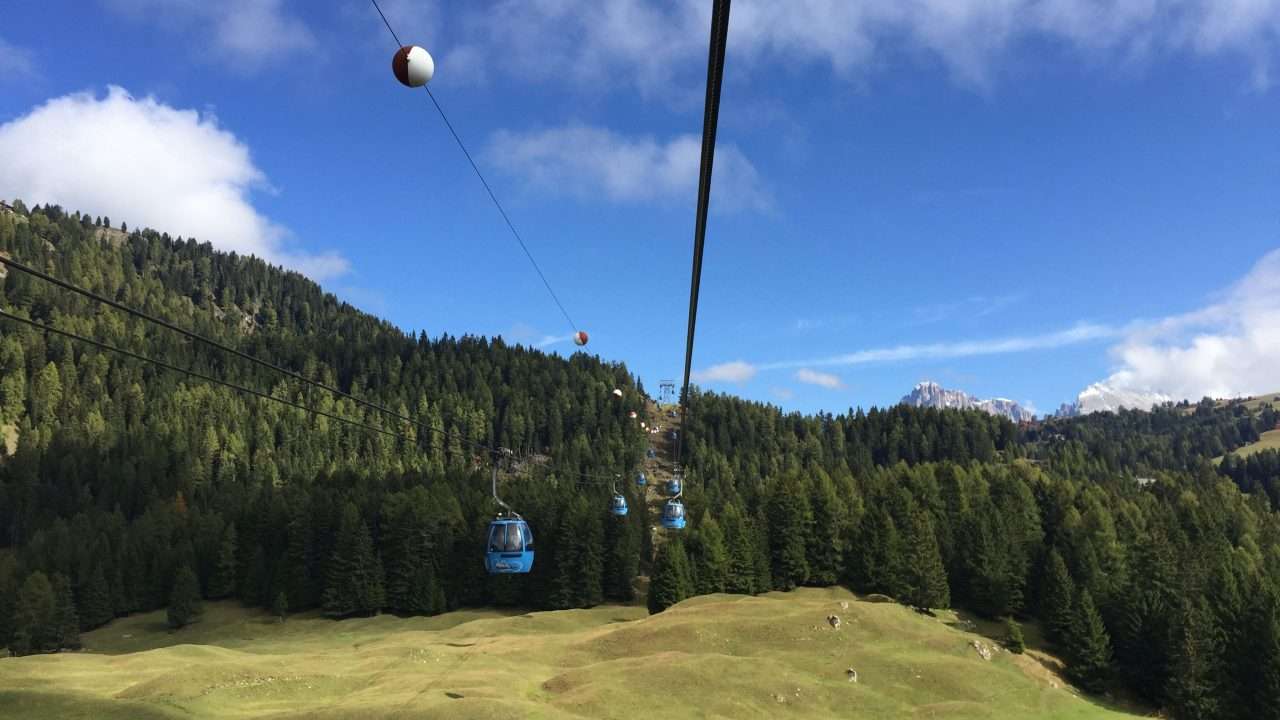
Testing of cable-stayed bridges and suspension bridges
ROTEC GmbH carries out a wide range of inspections on cable structures such as cable-stayed bridges and suspension bridges. In addition to the necessary know-how and expertise, we have specially developed testing equipment for testing rope bridges. Ropes are the main load-bearing components of cable-stayed and suspension bridges. They are extremely stressed by ongoing traffic as well as external weather conditions, which can lead to a reduction in their load-bearing capacity. For this reason, the ropes of structures must be inspected regularly in order to detect individual wire breaks, signs of corrosion or superficial damage in good time. In Germany, bridge cables are mostly tested comprehensively as part of the bridge inspection according to DIN 1076.
Magneto-inductive rope test
Visual bridge rope inspection
Depending on the requirements, the test equipment can be moved directly by self-propelled vehicles or indirectly by winches. During operation, damage to this protective sheathing can always occur, allowing moisture to penetrate the rope and rust nests to form. For this reason, it is important to be able to detect, evaluate and, if necessary, repair damage to the protective coating of the ropes at an early stage. This avoids enormous follow-up costs. With the visual bridge rope inspection device, which was developed at the Institute for Materials Handling and Logistics (IFT) of the University of Stuttgart together with Winspect GmbH, and the coupled magnetic inductive rope inspection of the company ROTEC – the ropes can be inspected simultaneously in an automated visual and magnetic inductive manner. Four color cameras arranged at right angles to each other capture the entire rope surface, document it and automatically analyze it for damage. There is no need for climbers to manually remove the ropes, and the condition of the ropes can be documented without any gaps. A real added value for all rope bridge operators.
Vibration measurement on rope bridges
Ideally, there should be a uniform bearing pattern of the suspension cables of a bridge. To measure the natural frequency of bridge cables and to determine the pretensioning force of the individual cables, ROTEC GmbH engineers carry out vibration measurements on the highly stressed cable tension members. Recurring monitoring of the prestressing forces allows changes in the bridge statics to be detected at an early stage and the overloading of individual components to be avoided.
Special inspections on rope bridges
In addition to the methods mentioned above, further tests can be carried out on bridge cables, depending on the application. Examples include ultrasonic inspection of rope end areas and radiography of poorly accessible areas. We are sure to have a solution for your special case – just contact us without obligation.
Interested in a bridge inspection?
Contact us without any obligation.
